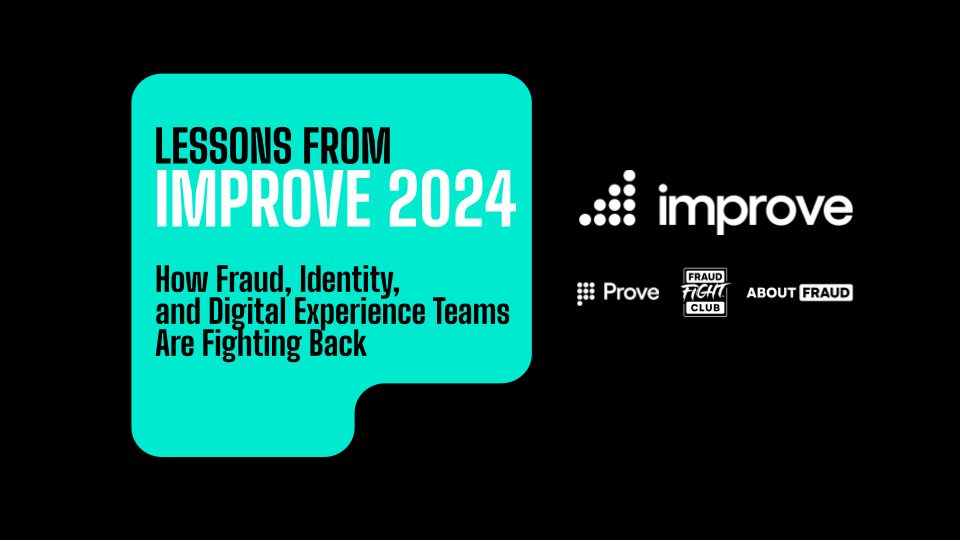There’s a well-known saying in the scientific community: “those two mix like oil and water.” Take politics and healthcare – this is a case of opposites NOT attracting. Healthcare in the US is a hotly debated topic, and the space is incredibly fragmented. But, can FinTech help save the US healthcare system?
Mixing politics and science can feel a lot like mixing oil and water. While several countries like Canada and Australia have adopted universal healthcare, the US is still struggling and has been for decades. So without diving into a full-blown history lesson, here’s a brief overview of the current political climate regarding healthcare. What would happen if ObamaCare (aka the Affordable Care Act) is repealed? The New York Times estimates that over 21 million Americans could lose health insurance if the Trump administration rules the law unconstitutional.
According to the Department of Health and Human Services, “As many as 133 million Americans – roughly half the population under the age of 65 – have pre-existing medical conditions that could disqualify them from buying a health insurance policy or cause them to pay significantly higher premiums if the health law were overturned.” Decent medical coverage is already difficult to access, but stripping over a third of the population could be detrimental to people’s health and their financial health.
So, where does HealthTech fit into all of this? There’s a startling stat going around that 57% of American’s do not have the money to pay for a medical emergency, and many people have more debt than savings. That’s why companies like LendingClub, for example, are trying to help democratize access to personal loans. If you check out their website, you can select a loan option for medical expenses and apply within minutes.
Steve Allocca, CEO of LendingClub, was quoted in Forbes, saying, “We believe that the use of technology can power financial inclusion. For LendingClub, that means addressing gaps in accessing affordable loans… Our industry can’t fix the income divide in this country. But we can fix the cost of debt and the behavior around it. We can help people on their journey to overcome their debt burden and then start to accumulate wealth by lowering the cost of debt, increasing access to credit, and helping to improve behavior around debt management.”
The healthcare industry is going through growing pains, but at least it’s trying to grow up. Healthtech is taking a page out of FinTech and focusing on the consumer experience. Even though there’s still a disconnect between providers and what patients want out of their healthcare experience, we see a glimmer of hope. According to an article by Health IT Analytics, “Soaring out-of-pocket costs for patients are leading to choosier consumers who are considering more than the proximity of a local hospital when deciding where to seek care. And a growing expectation that digital services for payment, communication, and price comparisons will be available is putting the squeeze on providers who haven’t yet invested in online consumer relationship tools. For example, 80% of patients want to be able to pay their insurance bills digitally, and 68% would like to be able to clear their balances with their providers by using online tools. Yet 77% of providers are still using paper billing statements to conduct at least some of their financial transactions.” While the healthcare industry has been somewhat hesitant to adopt technology that solves challenges for similar stressors in the FinTech sector, we’re on the verge of having more access to HealthTech solutions that allow the industry to deliver personalized, mobile-friendly, digital experiences.
Healthcare is a business that is built on payments, and modernizing this aspect of the overall experience can unquestionably improve patient experience and revenue cycle management. Today, we see large institutions align themselves with this shift in thinking. For instance, in May 2019, JP Morgan Chase acquired healthcare payments FinTech company InstaMed.
In a recent article by MedCity News, “The company’s technology is meant to help digitize the largely paper-based medical billing and payments industry, make it easier for consumers to pay for healthcare services and improve the efficiency and effectiveness of the collections process.” Taking advantage of what FinTech has already accomplished – and what it hopes to bring to healthcare – could be a promising path for payers and providers that want to secure their place as a disruptor.
Without a doubt, healthcare will be a major topic of conversation going into the 2020 election, and hopefully, innovation in HealthTech can help save our healthcare system.
To learn about Prove’s identity solutions and how to accelerate revenue while mitigating fraud, schedule a demo today.

Keep reading

Last week, almost 200 fraud, risk, and identity professionals gathered in Charlotte to deliver a collective knockout punch to fraud. And from all accounts, the punch landed.

Global Leader in Identity Verification and Authentication Demonstrates Substantial Impact, Enabling Enterprise Customers to Generate $2 Billion in Revenue

Prove’s solutions can help businesses make their online customer experiences faster, easier and more secure.














